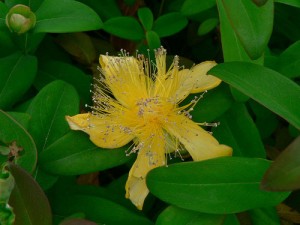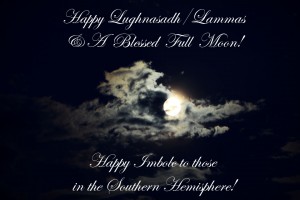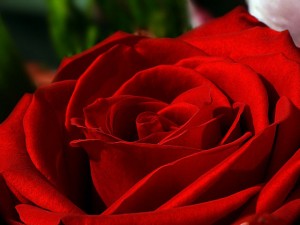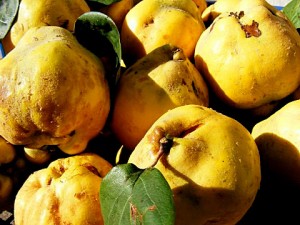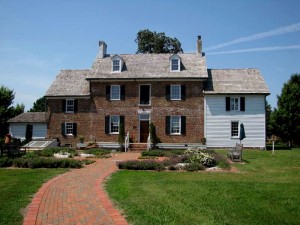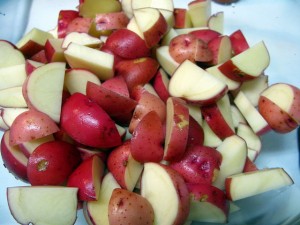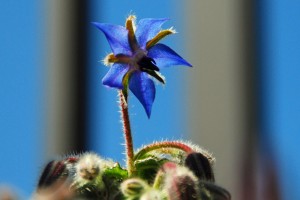Archaeology:
A ROMAN SHIPWRECK IN THE ANCIENT PORT OF ANTIBES
A team of archaeologists from Inrap have uncovered a Roman shipwreck in southern France, in what was once part of the bustling ancient port of Antibes.
Antibes was known as Antipolis, a Greek colony originally founded by the Phoenicians of Massalia. The date of its origin is uncertain, but situated on the coast of Provence, Antipolis occupied a privileged position on the sea routes linking Marseilles to the Italian coast and contained a natural harbour – Anse Saint-Roch – which protected shipping from prevailing winds. Read full story from pasthorizonspr.com
News:
Possible da Vinci painting found in Scottish farmhouse; could be worth $150 million
Fiona McLaren, 59, had kept an old painting in her Scottish farmhouse for decades. She reportedly didn’t think much of the painting, which had been given to her as a gift by her father. But after she finally decided to have the painting appraised, some experts are speculating that it may in fact be a 500-year-old painting by Leonardo da Vinci and potentially worth more than $150 million. Read full story from yahoo.com
Paranormal:
Witch Claims That The Loch Ness Monster Is Actually A Ghost
Kevin Carlyon, a ‘white witch’ and official ‘Protector of Loch Ness and the Loch Ness Creature’ is planning on holding a mass seance at the famous Scottish site in order to make contact with ‘Nessie’ who he believes is a ghost.
Carylon named himself as protector of Nessie after he cast a spell over Loch Ness which would prevent Swedish ‘monster hunter’ Jan Sundberg from capturing the mythical beast when he visited the Loch in 2001 on a Nessie hunt. The pair have since traded insults via email in an ongoing feud which lead to Sundberg threatening to cut Carylon an extra “asshole” and shove his head through it. Carylon responded by outing Sundberg as a convicted child molester. Read full story from themorningstarr.co.uk
Former owner of haunted Oaklands Mansion identifies himself in EVP
Oaklands Mansion in Laurel, MD, dates from 1732 and was once a prosperous plantation on over 1,000 acres. Through the years, it’s sheltered a number of different families. The Staggers family purchased it in the 1920’s and it’s still owned by a descendant today.
Media:
Explaining Sikhism (Source: CNN)
Pat Robertson Blames Atheists for Sikh Temple Shooting (Source: YouTube – RWWblog)
Close-knit mosque community shaken by fire (Source: CNN)
Blogspot:
- The Deepest Well – Tarot Tuesday/Etched in Stone?
- Patti Wigington – Jumping the Broom: Besom Weddings
- The Secret Life of the American Working Witch – A Love Note to the Sikh Community
- Unreasonable Faith – Ladies and Gentleman, Jack Schaap
Feel free to leave comments regarding the articles posted.
If you’re interested in guest blogging or would like to submit an article or event, contact me at pagansworld.org@gmail.com.
Thanks for stopping by! Well wishes to you all, have a great day!
Lisa

